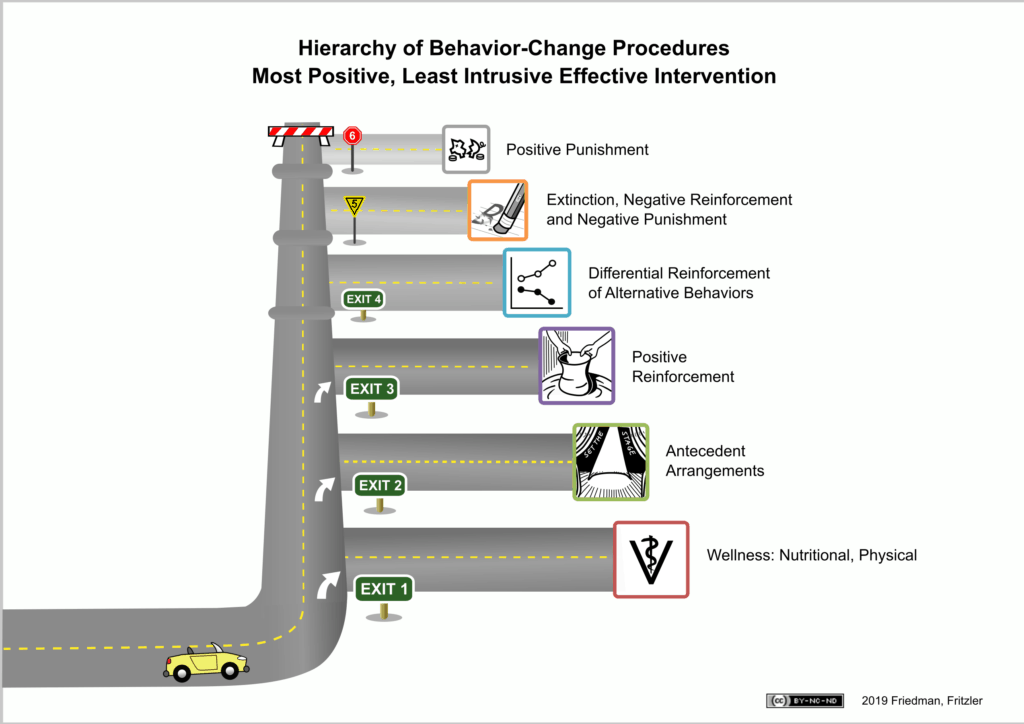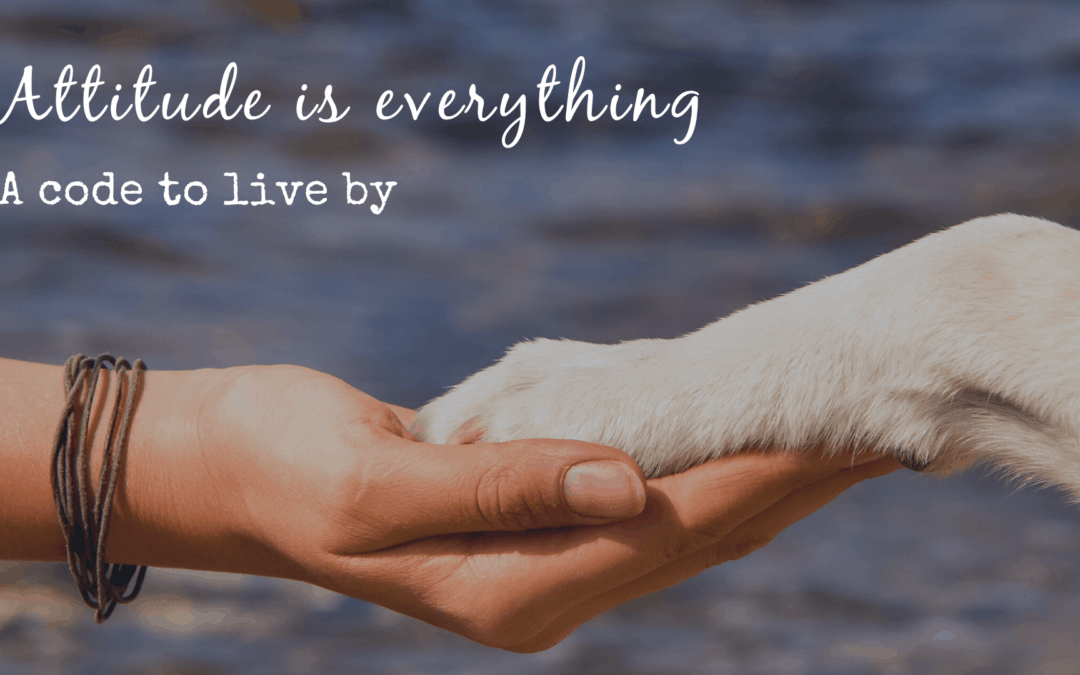There’s always a lot of discussion, or fighting sometimes, about ethics, ethos and methods like positive reinforcement and punishment in the dog training world. So much that it can become difficult to know what’s right or who’s talking the most sense.
Right now I see emerging arguments on two different fronts. There’s a discussion about methods, which often ends up with two very opposing sides. Broadly split between those that often call themselves Balanced Trainers and those that call themselves Positive Reinforcement or Force Free Trainers. This topic seems to be a constantly recirculating one. I have a strong view which I hope will be made clear in what follows. There’s another discussion that’s a slight shoot off about emotions, often accompanied with comments about Skinner, and other dog trainers and behaviourists who use operant conditioning not considering them.
As you might be expecting I’ve of course got opinions, but I try not to get drawn into these types of opposing arguments. They don’t usually go well, especially not over the internet. And the discussions often wash over important nuances. I would have once, but the more I’ve learned about behaviour the more I’ve realised that the way most of these discussions take place isn’t helpful for anyone. It’s certainly unlikely to persuade anyone to my point of view, especially not when they weren’t really seeking my opinion. I’m grateful to the community at LIMA Beings for helping me navigate this murky water.
However, I will say this. I would call myself a positive reinforcement trainer, with the understanding that it’s shorthand for what I really hold important. I would also say I have a bias to operant conditioning with the way I work with people and dogs, and that does not mean at all that I discount the emotions of either learner. In fact, neither did Skinner. I’m pretty sure that those that argue he saw learners as little black boxes haven’t read his work directly but have instead read interpretations. Kiki Yablon wrote about many of the common misconceptions leveled at certain quarters in 2019.
Anyway.
I credit my learning about positive reinforcement, which started with learning about clicker training with my first dog, as the reason for my greatest change as a person. I see the world differently now.

The Tails We Win strapline “attitude is everything” isn’t a meaningless phrase. It holds true for me at both ends of the lead. I see positive reinforcement based training as a philosophy that I try to practise every day.
My Positive Reinforcement philosophy
It’s not just about how we teach and change behaviours with our learners. It’s about the attitude that we take as we seek to understand and connect with them.
Observation First
Our first step is always to observe. We take a thorough history, including medical history. We look at what behaviours our learners are already doing. The conditions those behaviours occur in and their function. Because often it’s not about teaching particular behaviours, so much as expanding the conditions under which those desired behaviours occur.
To really uphold LIMA and the Humane Hierarchy the first step isn’t positive reinforcement. It’s ensuring the wellness of your learner. Removing pain or illness first before determining if more is needed.

Then we look to change conditions. To use antecedent arrangements to benefit our learner. Changing motivations, changing or removing cues for the problem behaviour, making cues for different behaviour more salient. Neither of these first 2 steps requires our learner to actually learn anything.
Only once we are satisfied that we have exhausted these two avenues and that it would still benefit our learner to make further changes do we progress to teaching behaviours. We keep in mind that these early avenues are always open and should be reassessed regularly throughout our learner’s life.
Teaching Behaviours
Will the further changes we want to make increase our learners wellbeing in a meaningful way? Just because we can, doesn’t mean we should.
When we focus on the behaviours we want our learners to do, our goal is to nurture and grow skills they can use to meet their needs in a way that meets our needs too.
We teach those skills in a way that motivates our learners to behave to achieve outcomes they want and find valuable. Our aim is to build a wide and varying repertoire of behaviours so that our learners have choice in their responses.
We understand that all behaviour has a function, even behaviour we don’t like. We know that to change an unwanted behaviour we must understand its function.
To do that, we consider the environment that the behaviour occurs in and the consequences that maintain it. Only then can we understand how to prevent the unwanted behaviours from happening and what other behaviours the learner could do for the same, or better, outcomes.
We start where our learner can be successful. We identify and set up the conditions for success and meet our learner where they’re at.
It’s not just about the behaviour
We don’t use quick fixes or methods based on suppressing or coercing behaviour. Behaviour change takes time and we understand that how a learner feels during the process is just as important as the behaviour outcomes.
Our observations of our learner’s behaviour help us interpret how the learner feels. It’s not enough to see the behaviour happening, we also look to see how it is happening. What adjectives could we describe the behaviour with and how we can then interpret the emotions of our learner while they are performing the behaviour. The attitude with which they are performing the behaviour.
Our learners should always feel safe and view behaviour as an opportunity, not a risk.
Opening up possibilities
A positive reinforcement based approach opens possibilities beyond our typically coercive culture. It can be uncomfortable seeing the world with fresh eyes, but it’s a world filled with opportunities for us all. To learn, grow and become better teachers for all the learners we interact with. Even when we don’t think of them as learners.
The laws of behaviour are like gravity. It’s working whether or not you want to believe in them. You can choose to learn about it, make use of it, harness it in all its elegance, or rage against and wonder why you’re falling so hard.
Learning about positive reinforcement with my first dog opened a new way of thinking for me. It wasn’t a sudden awakening, it’s been years of learning and refinement and there’s more to go. There are places where I’m more fluent in being my best self than others. For instance, it’s second nature when working with an animal learner. I like to think I’m almost as fluent with my human client learners. It gets harder in everyday life. That’s why I say it’s a philosophy I work at every day.
Because attitude is everything.

